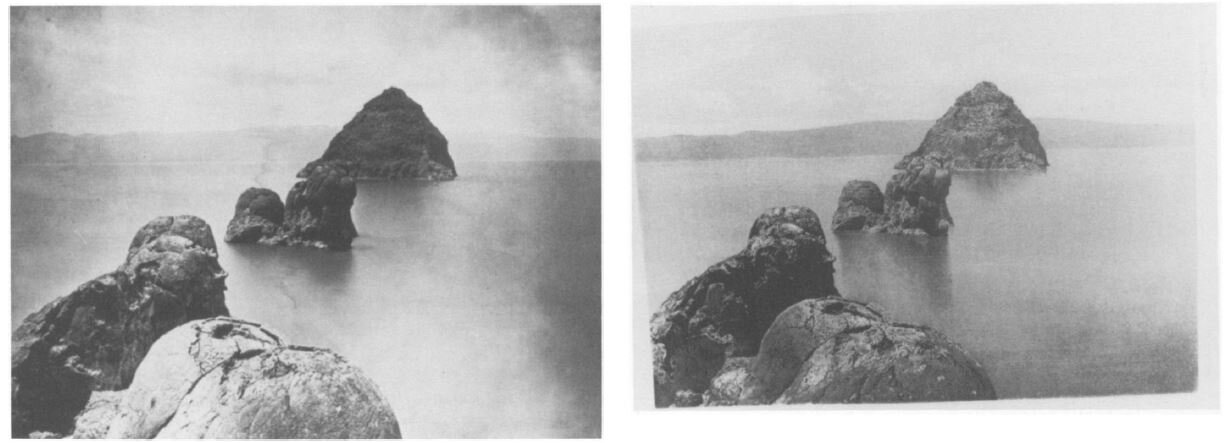For our second meeting, on April 21, 2020, we read a piece by the influential art historian Rosalind Krauss. Her most cited work is The Originality of the Avant-garde and Other Modernist Myths, which grounds the common story of modern 20th-century art in the quotidian lives of artists, breaking with the immaculate conception story of genius. We decided to focus on some of her more pointed photography writing, specifically a 1982 article called Photography’s Discursive Spaces: Landscape/View.
Timothy O’Sullivan’s 1868 Tufa Domes, Pyramid Lake (Nevada) (left), and photolithographic reproduction of same in the King Survey Report (1875) (right). These images appear on the first pages of Krauss’s article.
Photos, lithography, geography, museums, visual analysis, painting, catalogs ... even simulacra--what's not to love?!
This article is jam-packed with deep insights about landscape photography and how it has been written about by art historians since the 19th century. The argument hinges on the idea that museums dramatically re-interpreted, then subsequently began to inform, what landscape photographs “ought” to look like. One of the key phrases here is the “space of exhibition,” which is “the continuous surface of wall, a wall increasingly unstructured for any purpose other than the display of art.” Ending with a long discussion of Parisian photographer Eugene Atget, and how he’s been interpreted in the history of art, this article is a must-read for those interested in how nature and land have become represented in the context of visual art.
